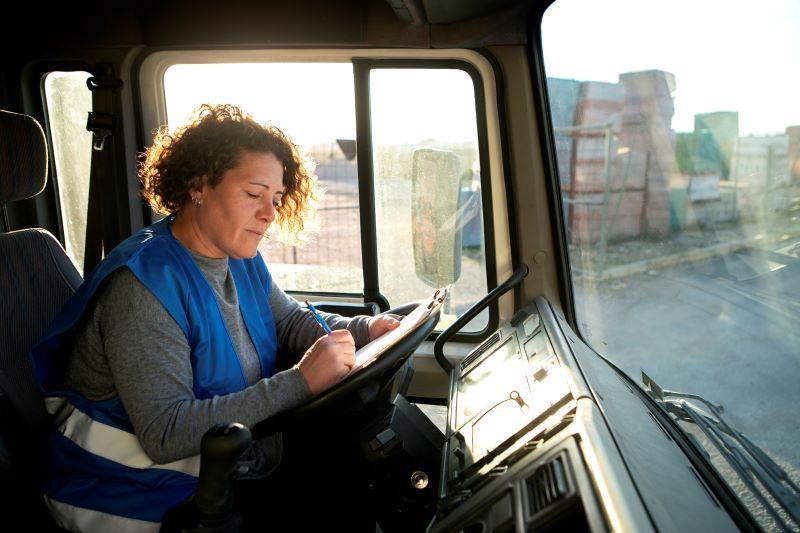Your business’s reputation is defined by the proficiency of your staff. Drug testing specimen collectors and Breath Alcohol Technicians (BATs) get training according to the Department of Transportation’s regulations, so a DOT certification course is a solid indicator of proficiency.
On the other hand, like most skills, if you don’t use them, you can lose them. You can forget nuances and details if you haven’t been working for a while or if you used one skill exclusively while other aspects of your training go unused. Should their work ever get called into question by an angry defendant’s lawyer after a positive drug or alcohol test, you want to know that your employees know what they’re doing, are consistent in the excellence of their work, and that they can defend their findings in a court of law.
Here are some ways to ensure you’re hiring the best person for the job, lending credence to your findings in a court setting, and ensuring a solid reputation for your business so you can attract and keep quality clients.
Documentation
One way to ensure your new employee has the requisite skills is to request documentation. Collecting the information below can aid in verifying urine collection proficiency.
- Certified urine specimen collector training certificate
- The Federal Custody and Control Forms (CCFs) used during the five (5) mock collections during training that showed error-free completion under the following scenarios:
- Two uneventful collections
- One insufficient quantity collection should the sample be insufficient for testing
- One temperature out-of-range collection, in the event a donor tries to substitute another sample for their own
- One collection where a donor refuses to initial or sign the seal on the specimen bottle
- Proof that these five collections were performed in front of a qualified collector, which means they meet one of the following criteria:
- Have at least one year of practical experience collecting specimens
- Have one year of experience training other specimen collectors
- Have completed the “Train the Trainer” course successfully
- Written verification from this person stating they observed the mock specimen collections in “real-time” or in person, what scenarios were demonstrated, and any other pertinent information about the mock collections.
When evaluating breath alcohol testing proficiency, you may want to look for the following:
- Breath alcohol technician (BAT) certification.
- Seven alcohol testing forms showing error-free mock (BAT) breath alcohol tests or five saliva testing forms showing error-free saliva tests (STT)
- Documentation that the tests were overseen by a qualified instructor who has at least one year of practical experience in the field as a BAT/STT
- One year working as a BAT/STT trainer
- Proof they successfully completed the “Train the Trainer” course
- Prospective employees submitting the mock collection testing forms must be using the same device they will use in the field, understand its error messages and malfunctions, and know how to correct them. They must also be able to calibrate the device.
- Written verification from this person stating they observed the mock specimen collections in “real-time” or in person, what scenarios were demonstrated, and any other pertinent information about the mock collections.
In-Depth Understanding of Their Work
If case findings are ever called into question, every BAT should be prepared to testify in court about their testing procedures and findings. Below are the four aspects of their work most commonly questioned in a court case.
- Court officials and jury members can’t be expected to follow the jargon used in the industry. Can the employee explain how the device functions in layman’s terms? How does it measure alcohol on the driver’s breath?
- To prove the device was functioning properly when it took the incriminating test, the BAT needs to be able to display a calibration logbook and tell the difference between calibration and an accuracy test. How accurate is the finding?
- Did the technician use a NIST traceable gas? Did they take the barometric pressure into account?
- Is the technician aware of the quality assurance requirements for the instrument used for that particular finding? How often did they check for accuracy? When should they calibrate the machine?
Recap
While hiring new employees can be a laborious and stressful process, there are ways to ensure you’re hiring the best person for the job. With the proper certifications, error-free mock training results, and an impromptu court-room rehearsal you’re sure to pick the cream of the crop for your next technician.
Of course, if you find someone who’s a nice fit for your business, you may decide to make the hire contingent on that person’s successful completion of the requisite training or refresher courses. Training will ensure the information will be fresh in their minds.






